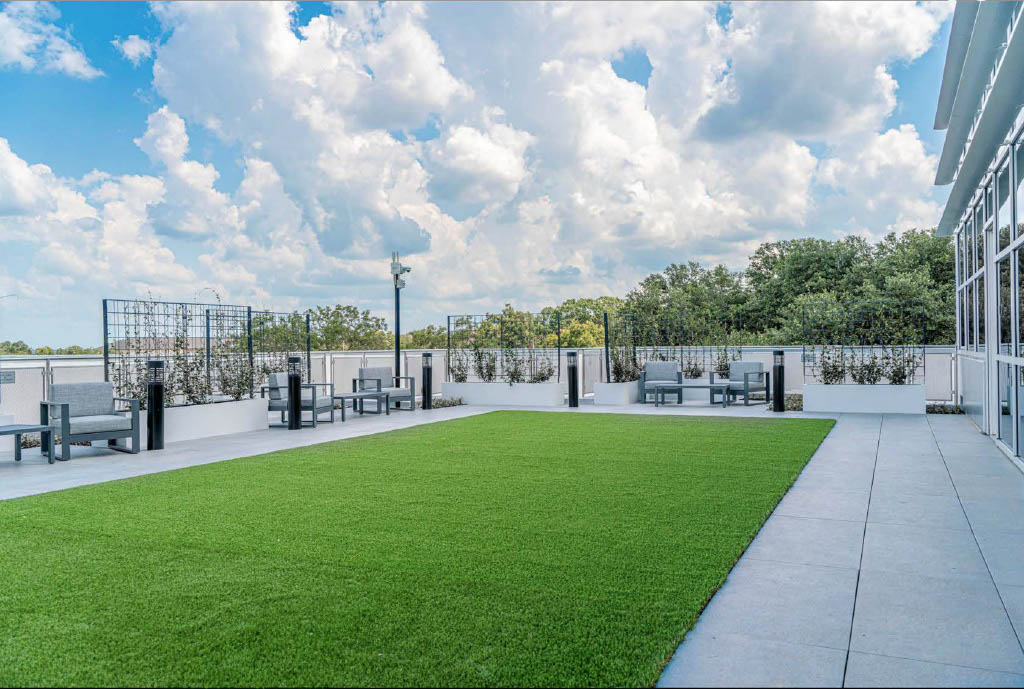Drainage Issues: When Water Becomes the Enemy
In many parts of Texas, periods of drought are often broken by intense rainfall events that can overwhelm standard drainage systems. Poor drainage leads to multiple problems: standing water damages plants, creates mosquito breeding grounds, and can even undermine building foundations or pavement.
Common Signs of Drainage Problems:
- Water pooling in landscape areas for more than 24 hours after rainfall
- Erosion around downspouts or on slopes
- Water staining on buildings
- Plant decline in consistently wet areas
Practical Solutions: Creating effective drainage solutions starts with understanding your property's specific water patterns. In many cases, simple adjustments can make significant improvements. French drains can redirect water away from problem areas, while dry creek beds serve both practical drainage functions and aesthetic purposes. For properties with significant hardscape areas, permeable pavers in key locations allow water to infiltrate rather than run off.
When evaluating drainage solutions, consider both immediate concerns and long-term property protection. The most successful drainage improvements integrate seamlessly with the overall landscape, remaining largely invisible while effectively managing water movement.
Drought Management: Thriving with Less Water
Despite occasional heavy rainfall, drought conditions are a recurring reality across Texas. Commercial properties must balance water conservation requirements with maintaining attractive landscapes that create positive impressions.
Effective Drought Management Strategies: Successful drought management begins with appropriate plant selection. Native and adapted plants that naturally thrive in Texas conditions require less supplemental irrigation once established. Grouping plants with similar water needs in the same irrigation zones (a practice called hydrozoning) allows for more efficient watering schedules that target water where it's most needed.
Mulch is another powerful tool for drought management. A consistent 2-3 inch layer of quality mulch in planting beds significantly reduces evaporation, moderates soil temperature, and improves soil quality over time. The type of mulch matters less than consistent application and refreshing when it begins to decompose.
Technology provides additional drought management options. Smart irrigation controllers that adjust watering based on actual weather conditions typically reduce water consumption by 20-30% compared to traditional timers. For properties with extensive turf areas, soil moisture sensors can prevent wasteful watering when soil moisture levels remain adequate.
High-Traffic Area Maintenance: Standing Up to Intense Use
Commercial properties typically include areas that receive heavy foot traffic, creating challenges for maintaining healthy landscapes in these high-use zones.
Strategies for High-Traffic Areas: For heavily-used turf areas, appropriate grass selection makes a crucial difference. Bermudagrass varieties offer excellent wear tolerance for sunny areas, while zoysiagrass provides better performance in partial shade. Proper maintenance practices including slightly higher mowing height and regular core aeration help these areas withstand heavy use.
In some cases, replacing traditional turf with more durable alternatives provides better long-term solutions. Synthetic turf has improved dramatically in recent years, offering realistic appearance with minimal maintenance requirements. For areas with extremely high traffic, decomposed granite pathways or stepping stones can formalize travel patterns while protecting surrounding landscape areas.
Strategic use of hardscape elements can also protect plant materials in high-traffic zones. Well-designed walkways that accommodate natural movement patterns prevent creating "desire paths" across turf areas. For planting beds near building entrances or gathering areas, raised planters provide both visibility and protection from foot traffic.
Soil Quality Challenges: Building a Strong Foundation
Perhaps the most fundamental landscape challenge in Texas involves soil quality. From heavy clay soils that prevent proper drainage to alkaline conditions that limit plant options, soil issues underlie many visible landscape problems.
Approaches to Soil Improvement: Improving soil quality is a long-term process rather than a quick fix. For existing landscapes, regular applications of compost as topdressing for turf areas and within planting beds gradually improve soil structure, water infiltration, and nutrient availability. This approach works with natural processes to build soil health over time.
For new landscape installations or major renovations, soil preparation becomes even more important. Incorporating substantial amounts of organic matter before planting creates an environment where plants can establish strong root systems. Soil testing before installation helps identify specific deficiencies that can be addressed during preparation, preventing future problems.
Fertilization programs should be based on actual soil needs rather than generic schedules. In many Texas soils, phosphorus levels are already adequate or high, while nitrogen and micronutrients may be deficient. Soil testing allows for targeted fertilization that addresses specific deficiencies without contributing to water quality issues from excess nutrients.
Transitioning Between Seasons: Staying Ahead of Texas Weather
The dramatic seasonal transitions in Texas create another significant challenge for commercial landscapes. Hot summers can quickly damage spring plantings that haven't been properly prepared, while unexpected winter freezes can devastate landscapes if preventative measures aren't taken.
Seasonal Transition Strategies: Successful commercial landscapes in Texas require proactive planning for seasonal changes. This includes appropriate timing for pruning, fertilization, and plant installations based on regional climate patterns rather than calendar dates. For example, major pruning of shrubs should typically occur in late winter before spring growth begins, while certain perennials benefit from fall pruning.
Preparing irrigation systems for seasonal changes prevents costly damage and ensures proper functioning. Winterization in colder regions of Texas protects against freeze damage, while spring system checks confirm proper operation before summer heat stress begins.
The Value of Experience in Texas Landscapes
At Landmark Landscape, we've helped commercial property managers across Texas address these common landscape challenges for over 15 years. Our approach combines proactive planning, region-specific knowledge, and consistent implementation to create resilient landscapes that enhance property value while controlling long-term maintenance costs.
We understand that commercial properties must balance immediate appearance with long-term sustainability. That's why our recommendations focus on solutions that provide both aesthetic improvements and functional benefits, creating landscapes that perform well throughout Texas's challenging climate conditions.
Whether you're facing specific landscape challenges or seeking to improve overall landscape performance, understanding these common issues and their solutions helps you make informed decisions that protect your property investment. By addressing the underlying causes rather than just visible symptoms, you can develop a landscape that remains attractive and functional despite Texas's challenging conditions.

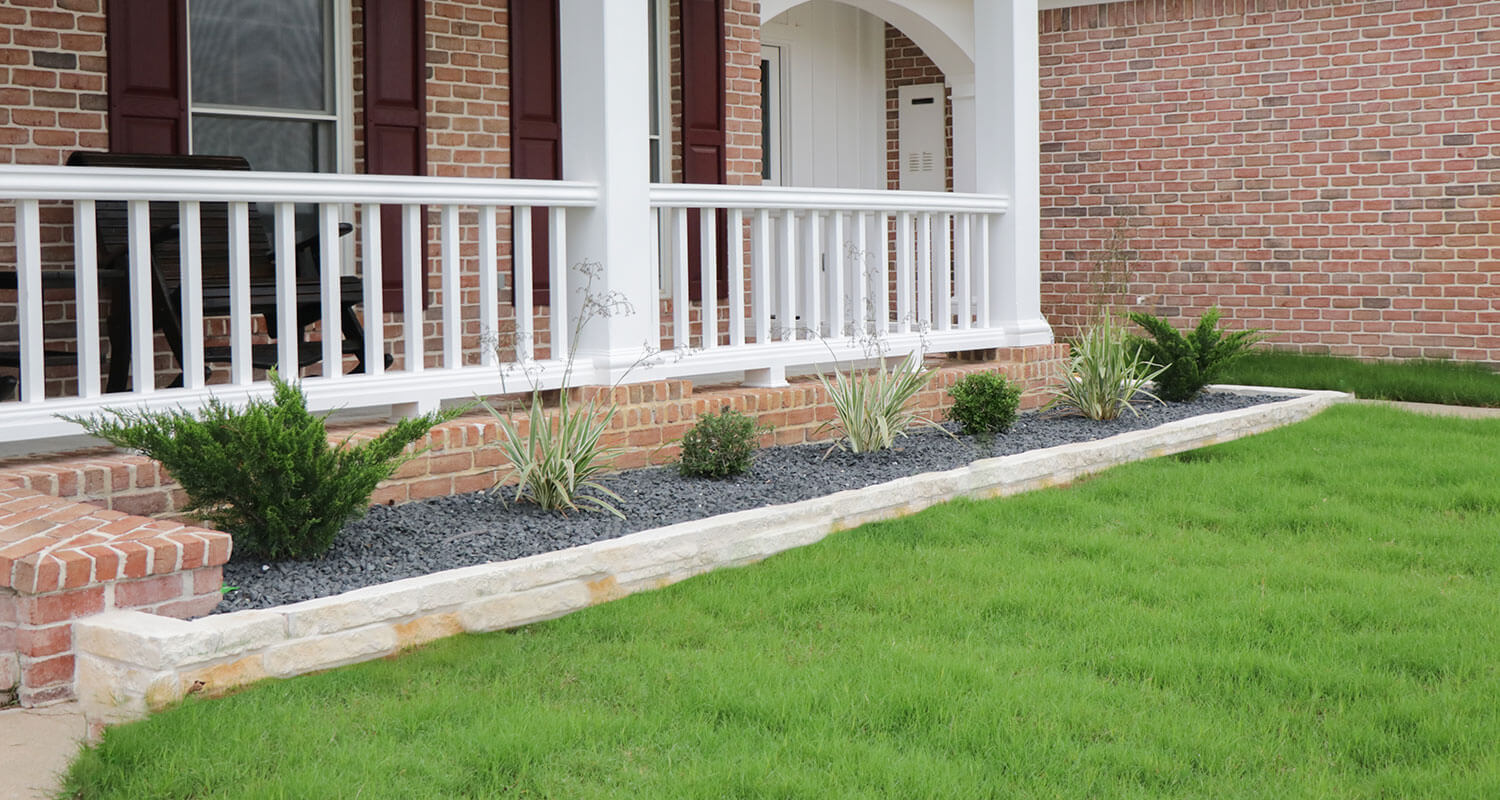
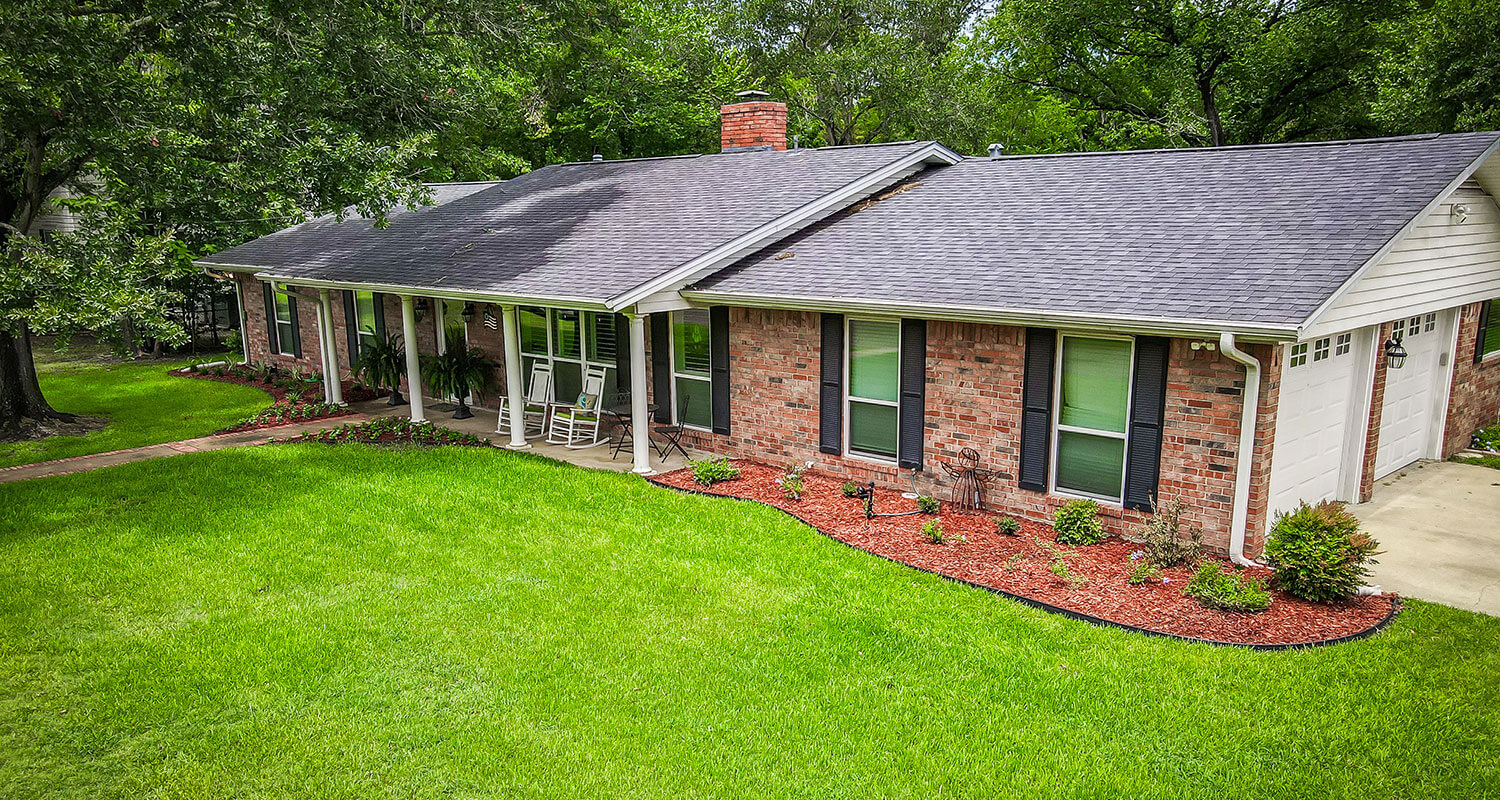

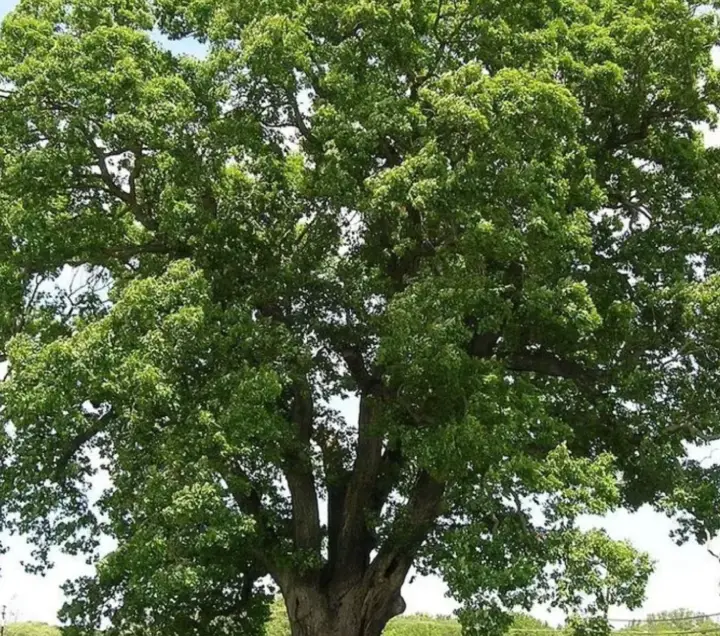

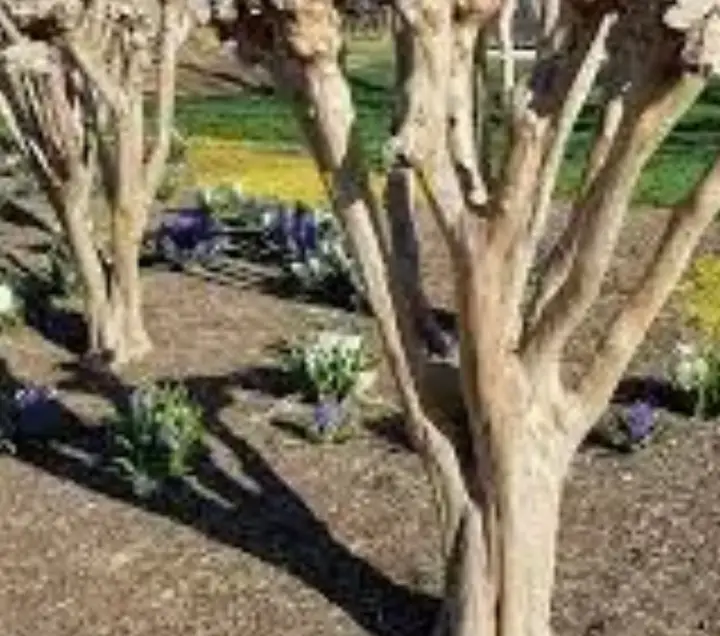
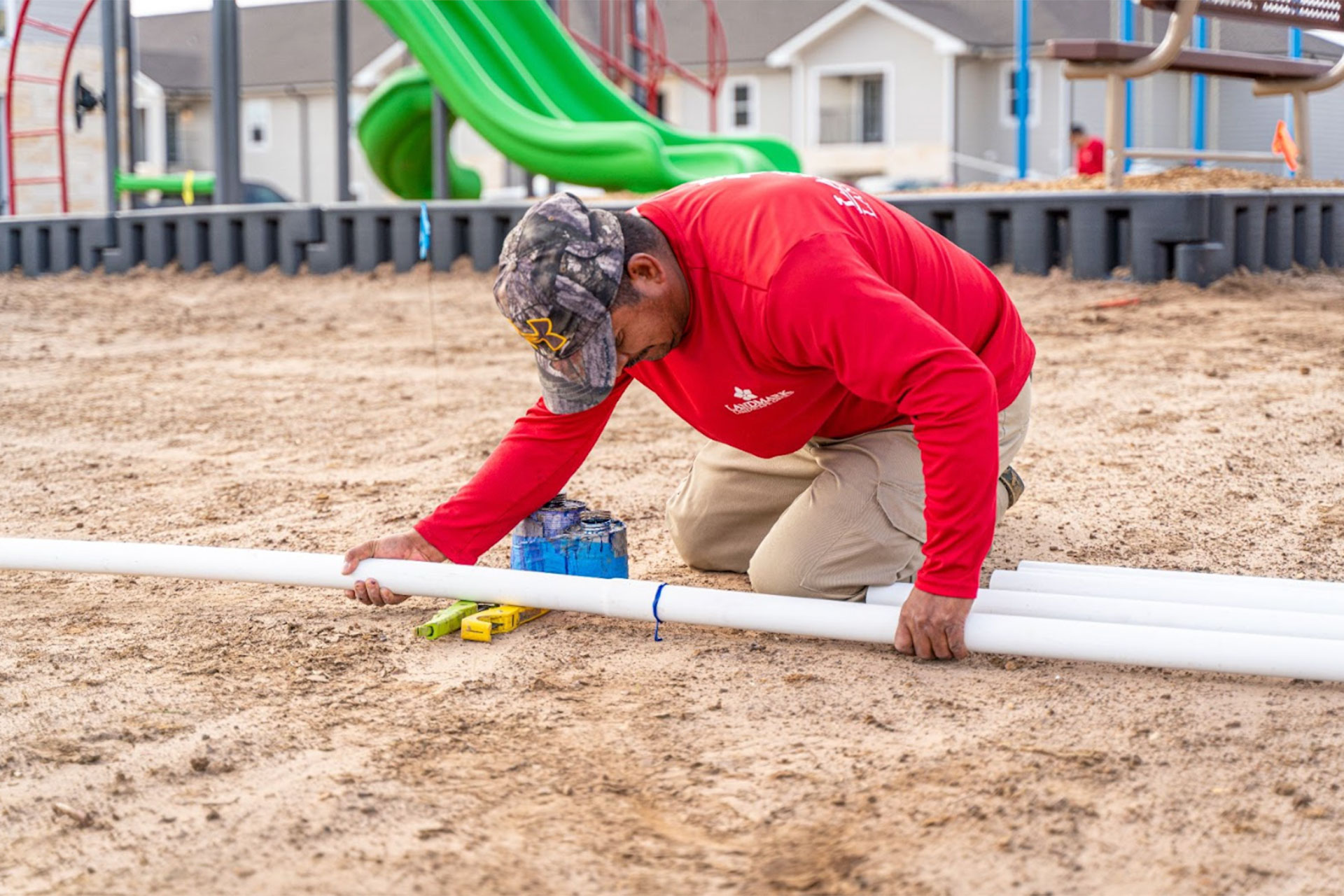
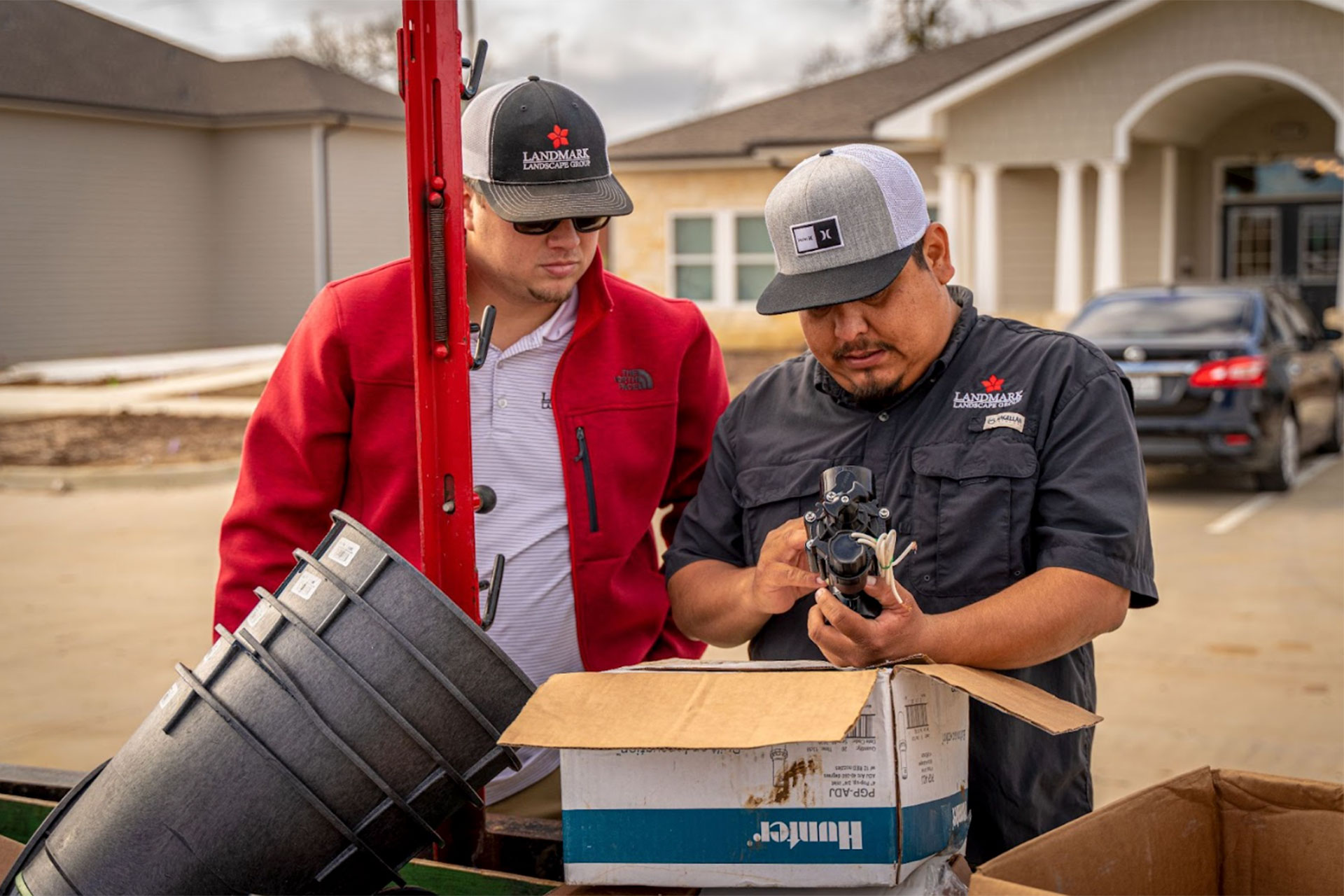

.jpg)
.jpg)
.jpg)
